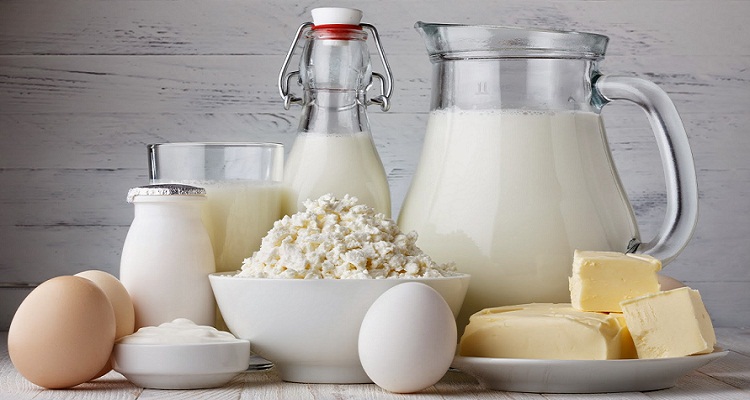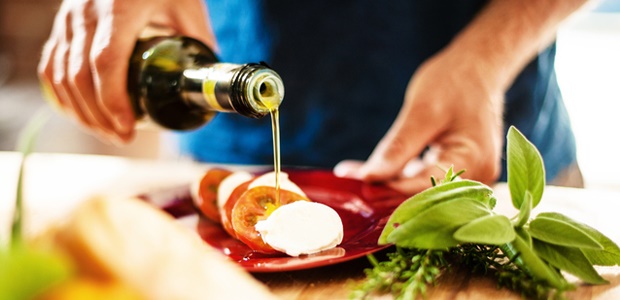High blood pressure, also known as hypertension is also known as the silent killer. This is because in most cases, it may not present with any symptoms and when not detected in good time, can result in fatal complications. High blood pressure, if left untreated, can lead to heart disease and stroke.
One of the risk factors for this illness is increasing age, however, more and more young people are developing high blood pressure.
The good news is that high blood pressure is a lifestyle disease, which means that certain lifestyle factors can contribute to this illness and one such factor is diet.
To help prevent or control high blood pressure, the American Heart Association (AHA) recommends a dietary plan known as DASH, or Dietary Approaches to Stop Hypertension. This is an eating strategy that focuses on increasing heart-healthy food choices. Additionally, the DASH eating plan promotes decreasing the consumption of foods that contribute to hypertension.
Vegetables
The AHA recommends five portions of vegetables each day as part of a heart-healthy diet. Green leafy vegetables, as well as sweet potatoes and tomatoes, are high in potassium which is important for blood pressure regulation. Green vegetables also contain calcium, which plays a role in the relaxation and constriction of blood vessels. Vegetables like green peas, cauliflower, and carrots also provide dietary fiber, which helps lower cholesterol and prevent the risk of heart attack. Colorful vegetables are also good sources of antioxidants, which prevent heart disease.
Fruits
Four servings, or two cups, of fruit each day, are recommended in the American Heart Association’s DASH eating plan. Bananas and avocado are rich sources of the potassium necessary for blood pressure management. Strawberries, blueberries, and raspberries are colorful fruits containing antioxidants that may prevent heart damage. Oranges, tangerines and grapefruit are rich in vitamin C, which may help lower blood pressure. Fruits can be enjoyed fresh, frozen, canned, or dried. If you choose canned fruit, avoid those packed in syrup. Instead, choose fruit packed in juice and free from artificial coloring.

Whole Grains
The AHA recommends consuming three to six servings of whole grains or grain products each day. One serving would be the equivalent of one slice of whole grain bread, ½ cup of cooked brown rice, or one cup of dry, whole-grain cereal. Whole grains can lower your blood pressure by helping you feel full longer and therefore eating less. Whole grains may also improve blood pressure control by improving insulin sensitivity. The fiber contained in whole grains not only helps lower cholesterol but may also lower blood pressure.
Dairy
The AHA recommends three servings each day of low-fat or fat-free milk and dairy products. The saturated fats found in whole milk can raise cholesterol and the risk of heart disease. However, studies suggest that consuming low-fat milk products along with a diet rich in nutrients and low in sodium may lower blood pressure and decrease the risk of heart disease. The phosphorus, calcium, and potassium that milk and dairy products contain all have positive effects on blood pressure. Additionally, milk contains pantothenic acid, which plays a role in fat metabolism and converting food into usable energy.
Proteins
The AHA recommends about 6 ounces of lean protein each day. There are many plant sources of lean protein, including beans, legumes, nuts, and seeds. Lean proteins can be found in eggs and in lean meats like skinless poultry or pork chops with the fat trimmed off. Ground beef that is 90% or leaner is also considered lean meat. Grill, bake, or saute your meat and fish instead of frying for a healthy source of lean protein.
Oils
Polyunsaturated oils and monounsaturated oils are also a part of a heart-healthy DASH menu. The AHA recommends including three tablespoons of these oils in your diet each day. These oils contain the healthy fatty acids that help lower your cholesterol and prevent heart disease. Examples of polyunsaturated oils are corn oil, soybean oil, and sunflower oil. Sources of monounsaturated plant-based fats include olive, canola, peanut, safflower, and sesame oils.
Foods to Avoid
When eating to control your blood pressure, there are certain foods you will want to keep to a minimum. Control your intake of sugary juices and sodas that provide empty calories without nutrients. Leave out salty foods and use a variety of flavorful herbs and spices to season vegetables, soups, or salads. Skip frequent use of processed foods. Instead use wholesome, natural food sources. Save sweets for special occasions and indulge in fresh fruit or naturally sweetened fruit smoothies to satisfy your sweet tooth.
Drinking too much alcohol can increase blood pressure. The Dietary Guidelines for Americans recommends that men limit alcohol to no more than two drinks a day and women to one or less.
Tips to cut back on sodium
Sodium is the main element in salt and it is important to reduce sodium intake as part of preventive measures. You also reduce sodium by:
- Using sodium-free spices or flavorings with your food instead of salt
- Not adding salt when cooking rice, pasta or frying plantain
- Rinsing canned foods to remove some of the sodium
- Buying foods labeled “no salt added,” “sodium-free,” “low sodium” or “very low sodium”
Remember that eating healthy shouldn’t feel like punishment. You should still be able to enjoy eating. Start by making small gradual changes and soon your tastebuds will adapt to a new healthier palette.











